Piero Martinello & Piero Casentini
The Weight Of The Word
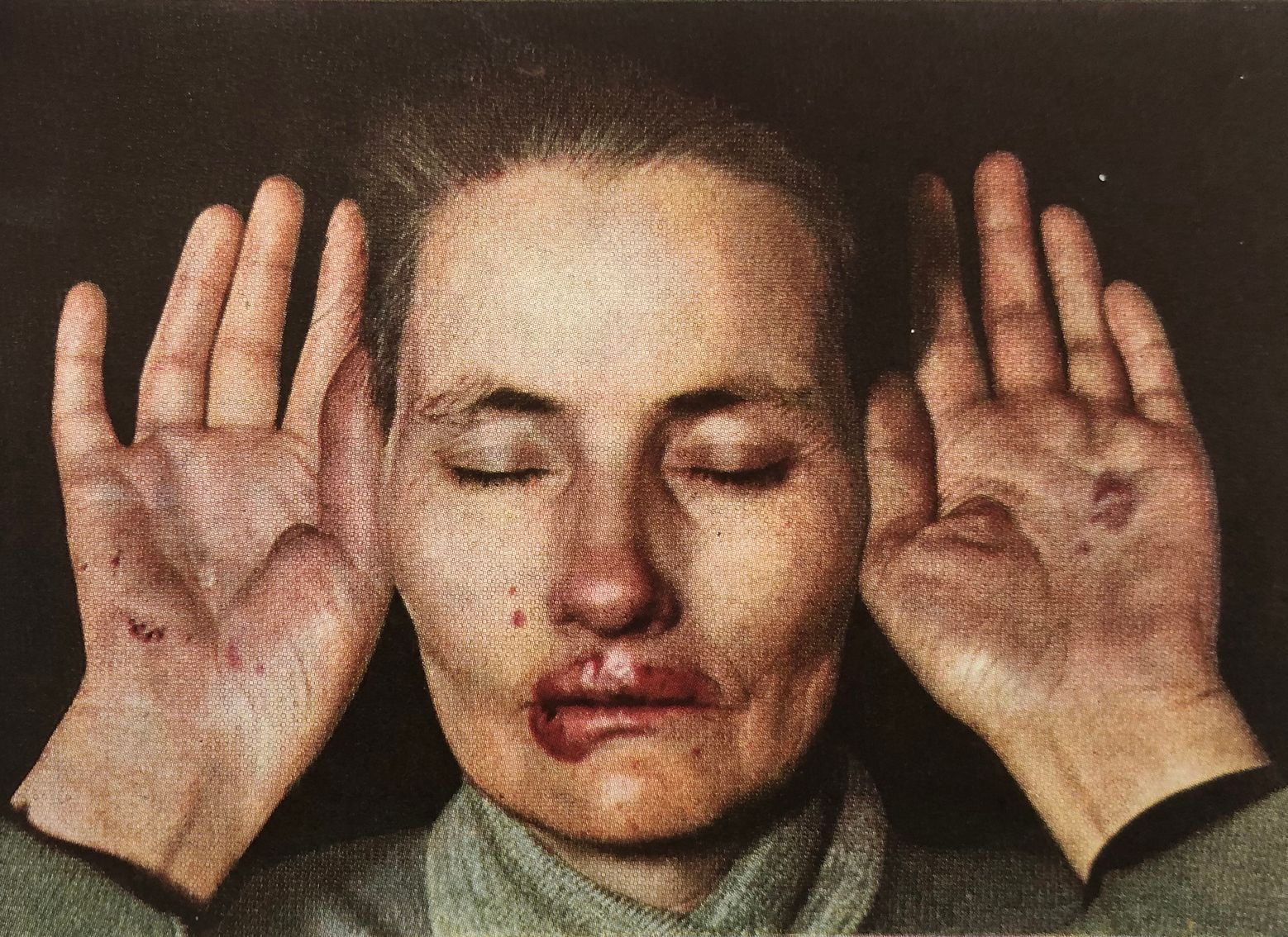
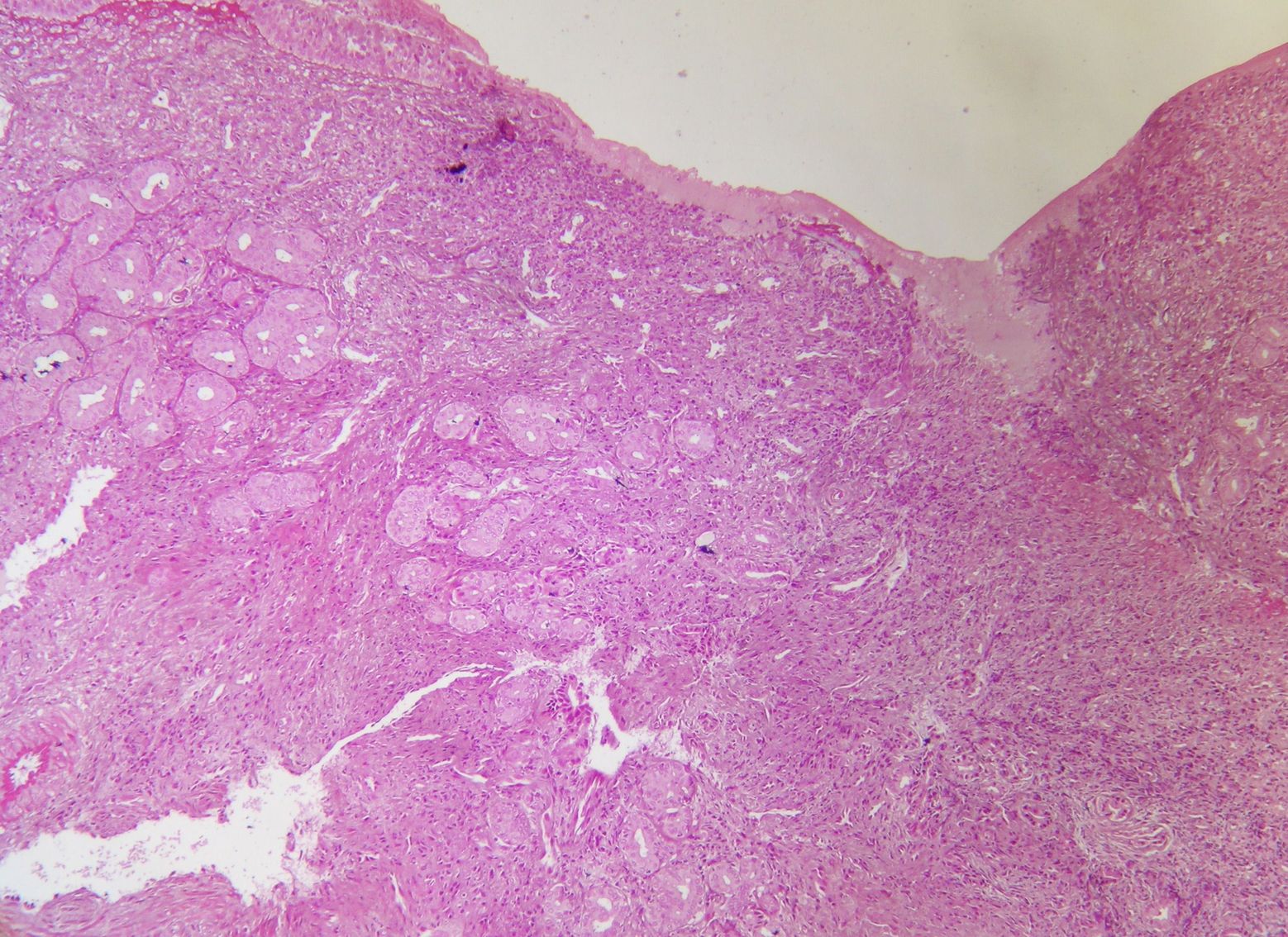
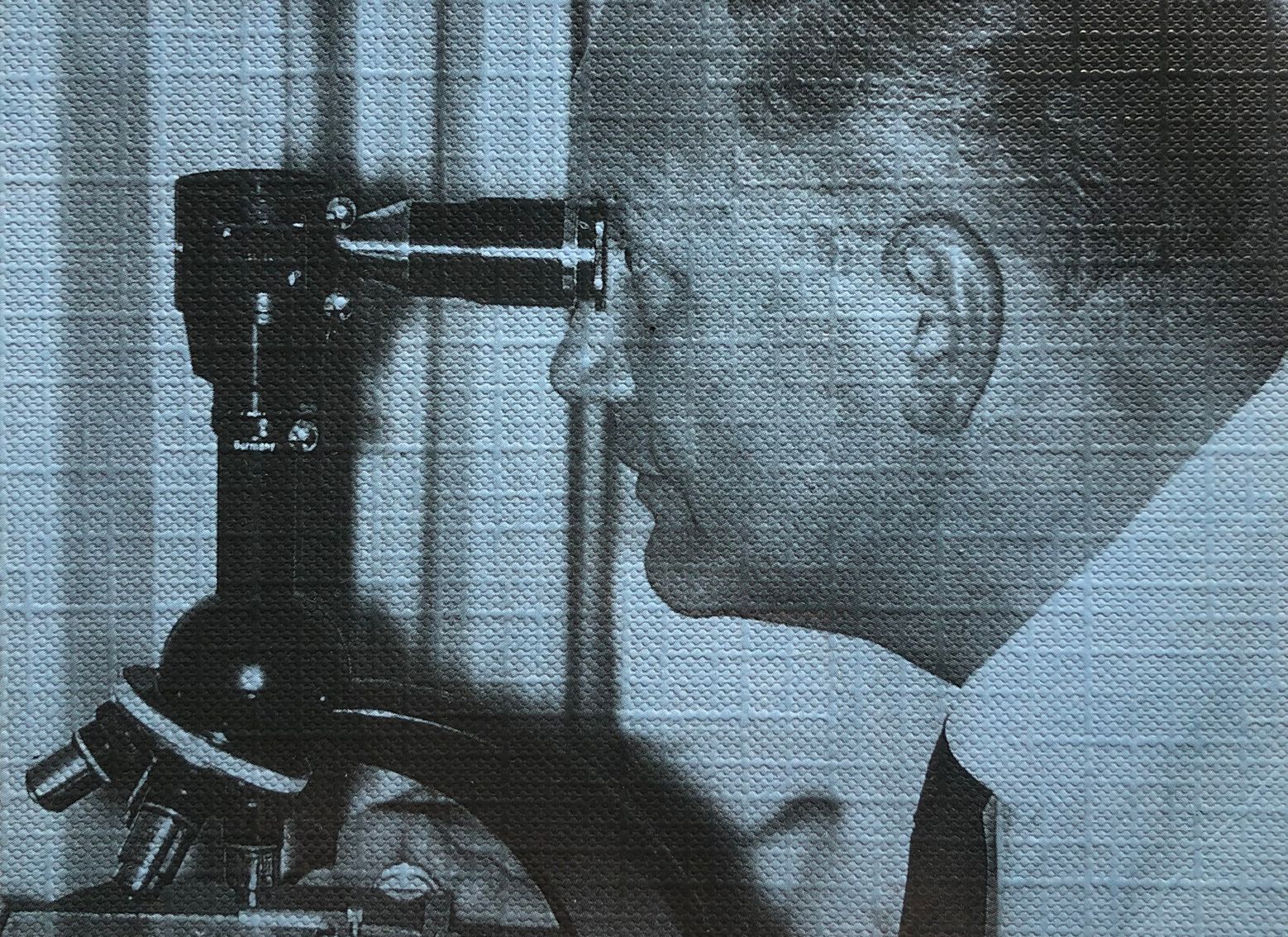
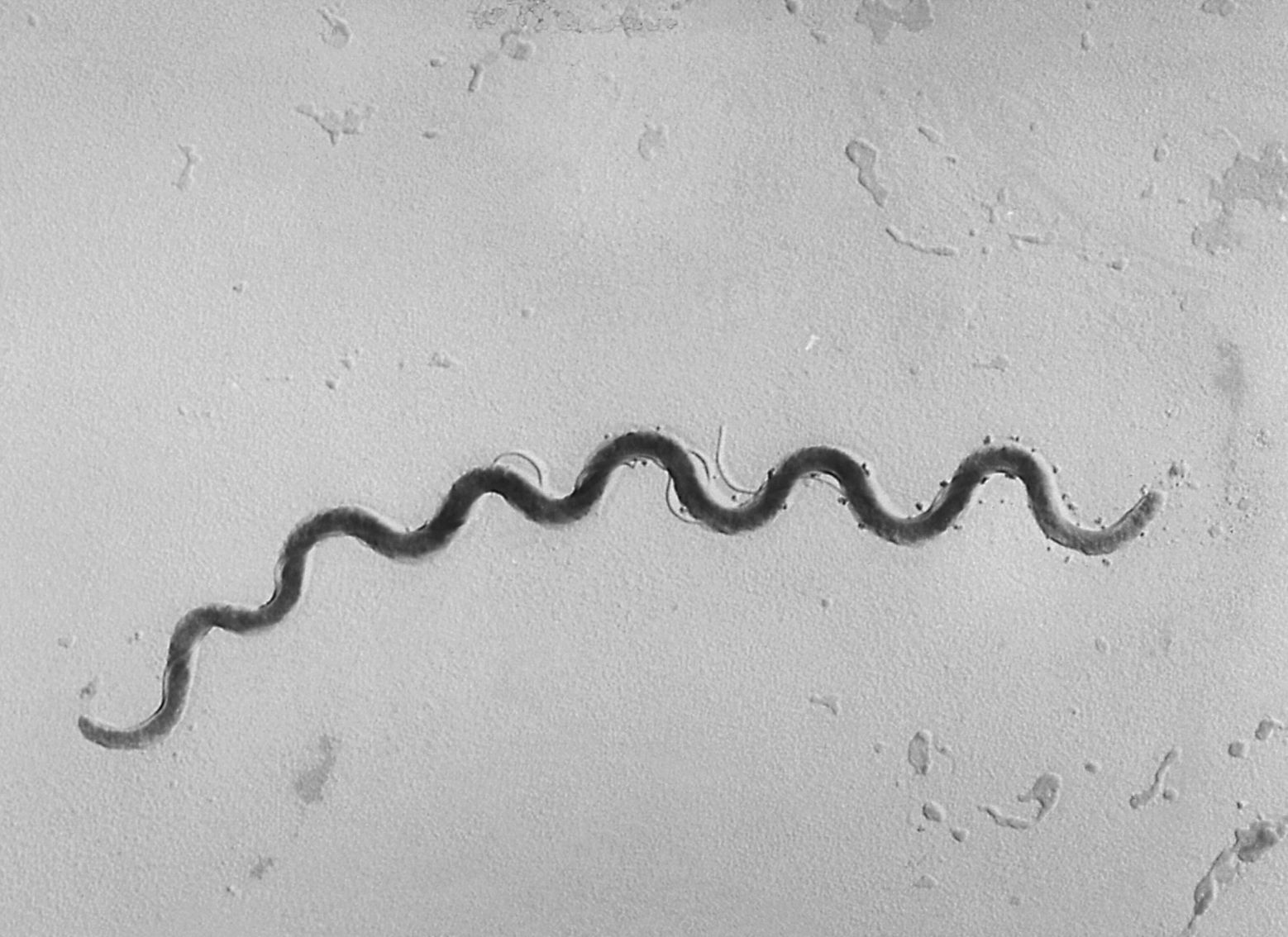
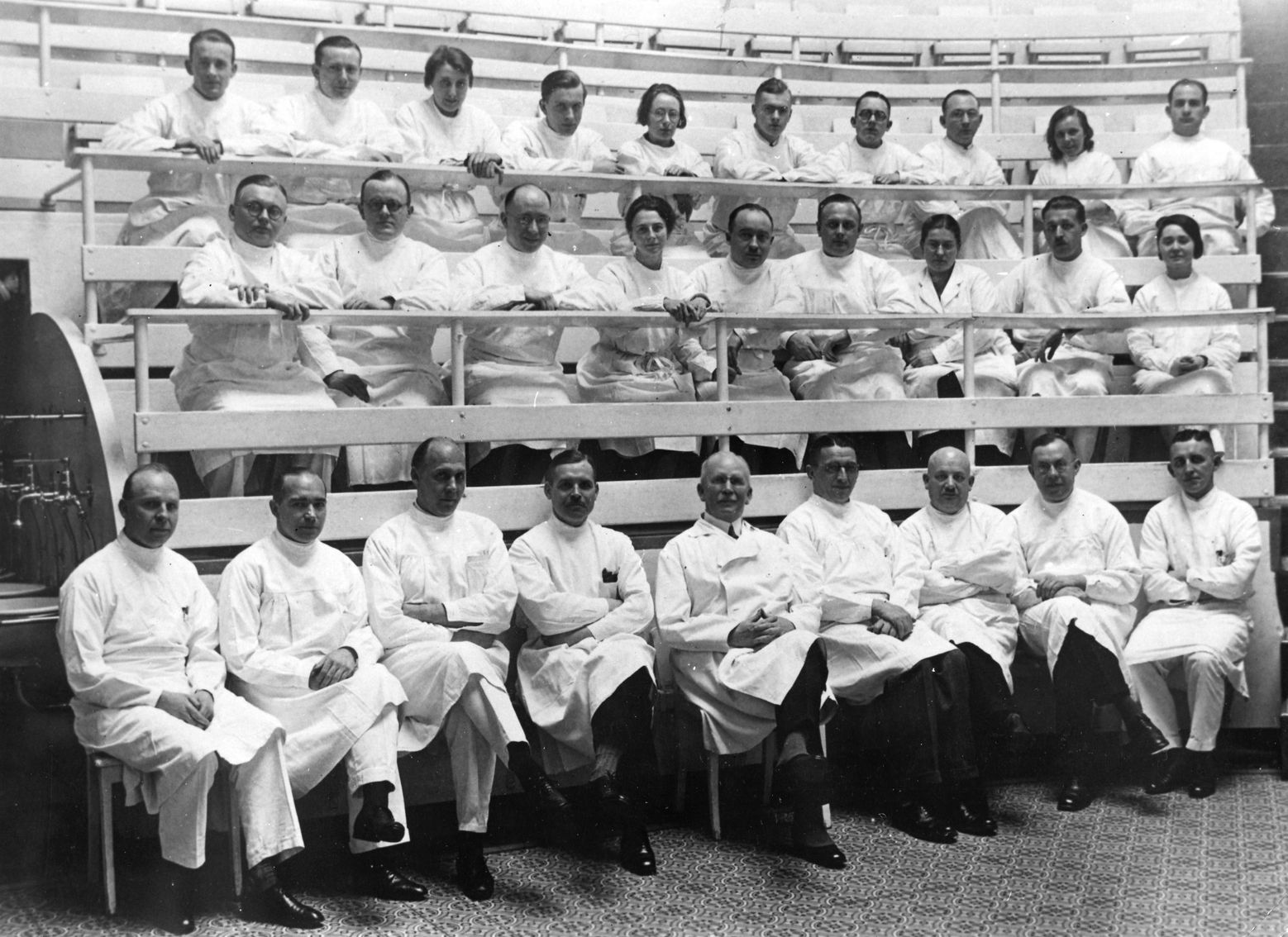
Exhibition Details
The Weight of the Word is an extensive and in-depth documentation work by photographer Piero Martinello and historian Piero Casentini on the eponymy cases of nine Nazi doctors and researchers.
The collection of textual and visual material from libraries, archives, and present-day medical texts, as in the case of the anatomical atlas by Pernkopf, allows us to reconstruct the personal history of these doctors, their research, and, in some cases, the damnatio memoriae that followed the condemnation of their work. The documentary material which is being turned into a forthcoming book directs the observer to a synoptic vision, whereby the doctors’ biographies, the crimes they committed, and the success they achieved are stitched together. The work invites us to reflect on the deontological and ethical dimension of science and on the immunity that science sometimes enjoys.
About the Authors
Piero Martinello (Italy, 1985) is a photographer trained at Fabrica, where he worked for Colors Magazine. He also collaborated on several social projects for agencies such as the World Health Organization. His first book Radicalia was among TIME Magazine’s top thirty photobooks of 2016. Martinello’s works have been exhibited in several institutions between Europe and North America.
Piero Casentini (Italy, 1986) studied History at Cà Foscari University in Venice, where he graduated with a thesis on the 1848’s Italian States Revolutions. He is active in the historical research field and cultural divulgation. He writes and publishes essays on history, memory, literature and art, and worked on the National Atlas of Nazi and Fascist massacres.
 Ukrzaliznytsia →
Ukrzaliznytsia → Umbai →
Umbai → Summer Glow →
Summer Glow → Collective Show →
Collective Show → Dummies & Books from FOLIO →
Dummies & Books from FOLIO → Asphodel Songs →
Asphodel Songs → Good Hope →
Good Hope →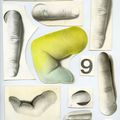 How To Raise A Hand →
How To Raise A Hand →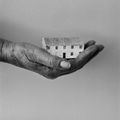 La Linea D'Acqua →
La Linea D'Acqua → Mythic Humanoids →
Mythic Humanoids → Neuromantic →
Neuromantic → Nothing Personal →
Nothing Personal →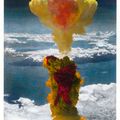 Nuke →
Nuke → The Merge →
The Merge →